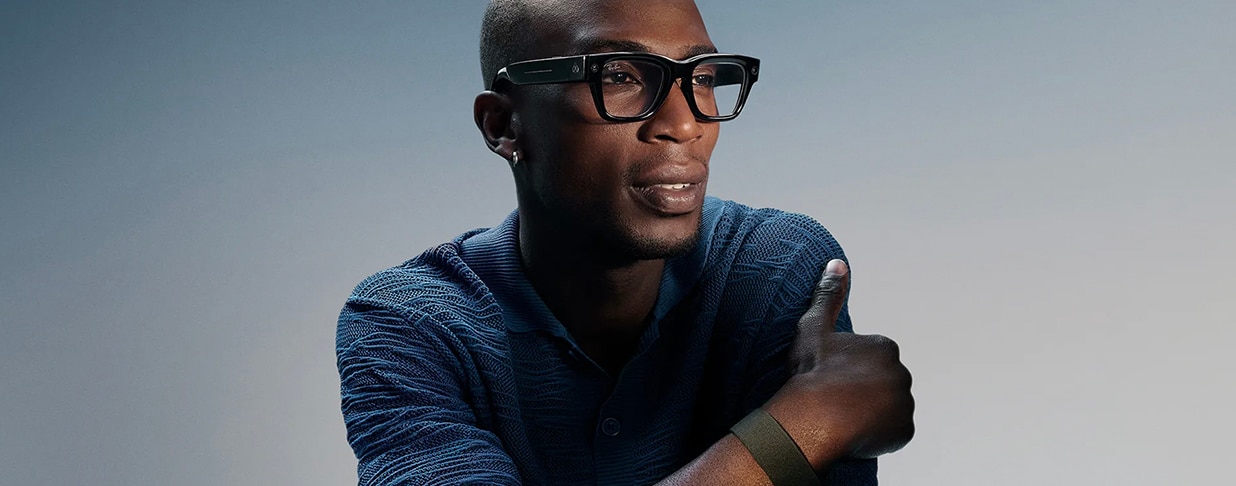Have you checked the calendar lately? Open enrollment season is quickly approaching. Employers and human resources professionals across the country have been diligently preparing for this moment, eager to help employees research and select the perfect policies for themselves and their family.
But this time, things might be a bit different. That’s because, right now, there are a record five different generations in the workforce. It’s never happened before, and it presents this challenge: How can benefits administrators best communicate and provide information to members of each distinct generation?
We know that 99% of EyeMed customers agree our benefits are easy to understand1. But getting them to enroll in the first place can be challenging without the right materials and strategy.
Here’s what you should consider when building a multi-generational open enrollment plan.
Understanding today’s workforce
Today’s workforce, for the first time ever, is made up of five distinct generations:
- Traditionalists, born 1925–1945
- Baby boomers, born 1946–1964
- Generation X, born 1965–1980
- Millennials, born 1981–2000
- Generation Z, born 2001–2020
This new workforce structure affects a lot more than just our approach to open enrollment. It’s impacted everything from pay expectations, work/life balance objectives, and how we communicate. Which, if you think about it, are all factors that can influence attitudes about benefits enrollment.
Attitudes about open enrollment
Depending on their age, employees have different feelings about open enrollment.
- 32% of employees aged 18-26 (Gen Z) aren’t confident they know what open enrollment is; compare that to 11% of employees aged 27+.2
- Turns out, Gen Z is also the generation most eager for open enrollment – 65%, of them, in fact. By means of comparison, just 39% of employees ages 59+ look forward to open enrollment.2
- Regardless of age, most employees spend about 30 minutes deciding their health coverage.2
And, if we have only a 30-minute window to influence benefits selection, it’s important to provide information as efficiently as possible. We can share information with each generation in very different ways, so let’s take a look at what that might mean.
You’ve got mail
Consider this: How likely are you to open a printed mailer, compared to a promotional email that arrives in your inbox? Would you be comfortable receiving HR updates via text message?
Attitudes about how we receive and process information can vary. They also have a number of similarities.
For example, tech will continue to play a major role in how we communicate with everyone, complemented with a human touch. Across the board, employees most prefer interactive tools, email communication and one-on-one conversations. Conversely — again, across the board – they reported much lower preference for online chat, Powerpoint presentations and static web pages.2
Other takeaways:
- 76% of all employees would like to learn about their benefits via their work email account.2
- 55% of employees aged 18-26 would like to learn about their benefits via text message.2
- 55% of employees aged 59 and older would like to learn about their benefits via direct mail.2
Texting employees about something as serious as open enrollment and workplace benefits? You read that right. If you don’t yet have the capacity to include that as part of your communication plan, you might be missing out.
Location, location, location
When creating resources tailored to your multigenerational audience, it’s important to consider where they might be physically located when reviewing that benefits information.
- Ages 18-26, 36-42, 51+ prefer learning about open enrollment benefits at home.2
- Ages 43-50 prefer learning about them while at work.2
- Those ages 27-35 are split on the matter2.
What does all this mean? Simply put, your open enrollment materials and resources should be available for either at-home or workplace review; allow employees to make that decision for themselves. Ask yourself: what kind of support can you provide for someone in any of those settings?
Focus on millennials
By 2025, millennials will make up 75% of the workforce.3 This is a generation that has known technology for their entire lives; whereas older adults might still be reluctant to shop or communicate digitally. That’s just not the case for millennials and Gen Z. Forward-thinking strategies and assistive technologies will be at the forefront of communications with this audience.
First impressions can be pretty powerful, right? Consider that when meeting this demographic, who will be dominating the workforce in just a few short years.
Summary
Gone are one-size-fits-all open enrollment plans. In their place are customizable options that allow anyone – regardless of age – to live their best life yet.
A robust benefits package is often one of the top reasons employees decide to work for an employer. Health benefits boost engagement, increase employee productivity and strengthen loyalty to their company.4 But if employees don’t understand and enroll, however, it’s nothing more than a missed opportunity — no matter what age they are.
To learn more about EyeMed resources for the open enrollment period, speak with your EyeMed representative or visit eyemed.com.
—
1 Based on 524 survey respondents, T3B National and Strategic segment. 99% of clients responding to the EyeMed Client Satisfaction (CSAT) Survey conducted by Walker Information, 2022.
2 Creating Inclusive Experiences for 5 Generations of Employees”; Jellyvision; jellyvision.com; accessed July 2024.
3 Lawry, Tom; “Fixing Healthcare is a Generational Thing”; Forbes; forbes.com; March 2022.
4 “Why Employers Should Offer Employee Benefits Packages”; omnipresent; omnipresent.com; Nov. 28, 2023.




